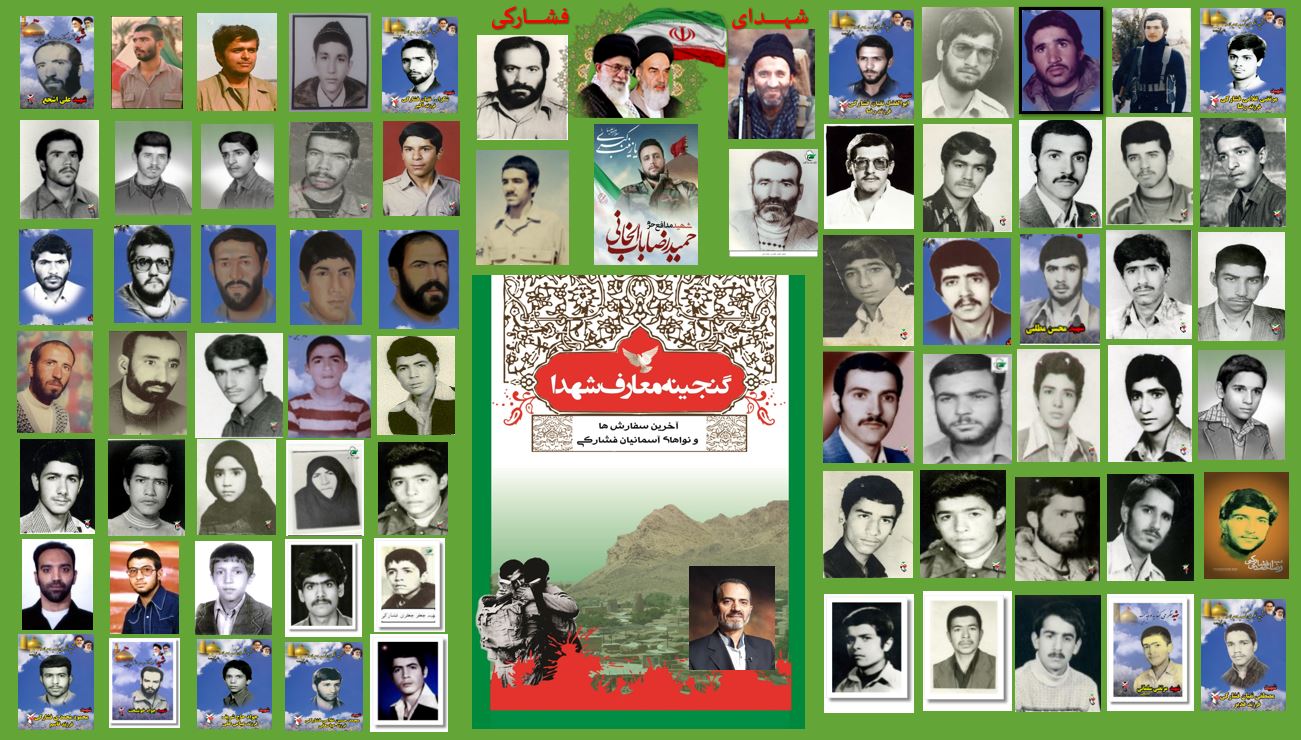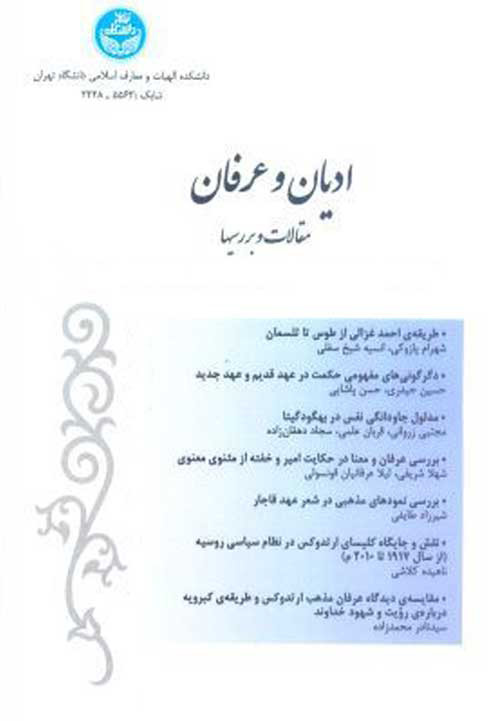بررسی و نقد نشانه شناختی قرائت وحدت وجودی از شعر حافظ
https://www.magiran.com/paper/2139805
بررسی و نقد نشانه شناختی قرائت وحدت وجودی از شعر حافظ
نویسنده:
سید علی اصغر میرباقری فرد* ، محسن محمدی فشارکی ، محمداسماعیل جلالی
پیام:
چکیده:
سرشت باز و چندصدایی شعر حافظ موجب شده است خوانندگان زیادی از دیرباز تا روزگار معاصر به قرایت شعر او بپردازند. قرایت عرفانی یکی از قرایتهای مطرح و دامنهدار از شعر حافظ است که به اقسام گوناگونی بخشپذیر است. از میان قرایتهای عرفانی می توان به رسالهای از جلال الدین دوانی در قرن نهم اشاره کرد. او در رساله خود، بیتی از حافظ را بر مبنای پارادایم وحدت وجود قرایت کرده است. این مقاله می کوشد برای نقد و ارزیابی قرایت دوانی، الگوی نشانهشناسی مبتنی بر بافت های سه گانه را به کار گیرد و با رجوع به تاریخ تحول عرفان ایرانی - اسلامی نشان دهد چنین قرایتی از شعر حافظ مقرون به صواب نیست. برای تبیین تحولات تاریخ تصوف، از مفهوم سنت اول و دوم عرفانی استفاده شده و مفاهیم عمده و مشترک این دو سنت، یعنی تجلی، عشق و وحدت شهود / وحدت وجود با یکدیگر مقایسه شده است.
کلیدواژگان:
حافظ ، پارادایم ، وحدت وجود ، وحدت شهود ، عشق ، تجلی
نوع مقاله:
مقاله پژوهشی/اصیل
زبان:
فارسی
انتشار در:
نشریه ادیان و عرفان، سال پنجاه و دوم شماره ۲ (پاییز و زمستان ۱۳۹۸)
صفحات:
۳۴۹ -۳۶۵
A semiotic and critical study of the existential-unity reading of Hafez's poetry
Author(s):
Sayyed Ali Asghar Mirbagherifard * , Mohsen Mohammadi Fesharaki , Mohammad Esmael Jalali
Message:
Abstract:
The open and polyphonic nature of Hafez's poems has made them alive from ancient times to the present day. One of the most popular readings of Hafez's poetry is the mystical reading, which can be divided into various types. Among the mystical readings, one can mention a treatise by Jalal al-Din al-Dawani in the 15th century, in which he recited a verse from Hafez based on the paradigm of the unity of existence. The present study tries to use the semiotic model based on the three contexts to critique and evaluate the religious reading of Hafez by Dawani and to refer to the history of the evolution of the Iranian-Islamic mysticism to show that such a reading of Hafez's poetry is not appropriate. To explain the evolution of the history of Sufism, the concept of the first and second mystical traditions was used and the major and common concepts of these two traditions, namely, revelation, love, and the unity of witness/the unity of existence, were compared with each other.
Keywords:
Hafez , Paradigm , Unity of existence , Unity of intiution , Love ,Revelation
Article Type:
Research/Original Article
Language:
Persian
Published:
Religions & Mysticism, Volume:52 Issue: 2, 2020
Pages:
349 - 365
نشریه ادیان و عرفان
Religions & Mysticism
دوفصلنامه علوم انسانی
ISSN: 2228-5563 eISSN: 2588-4816
صاحب امتیاز:
دانشگاه تهران
مدیر مسئول:
دکتر احمد باقری
سردبیر:


